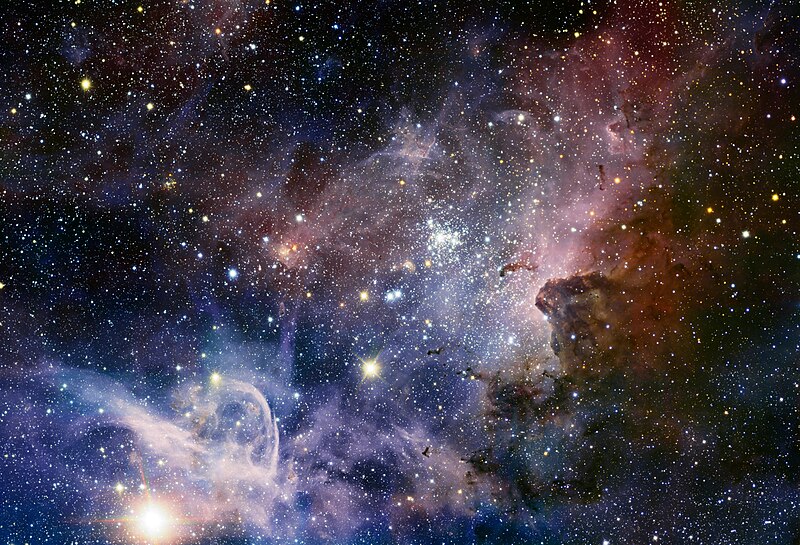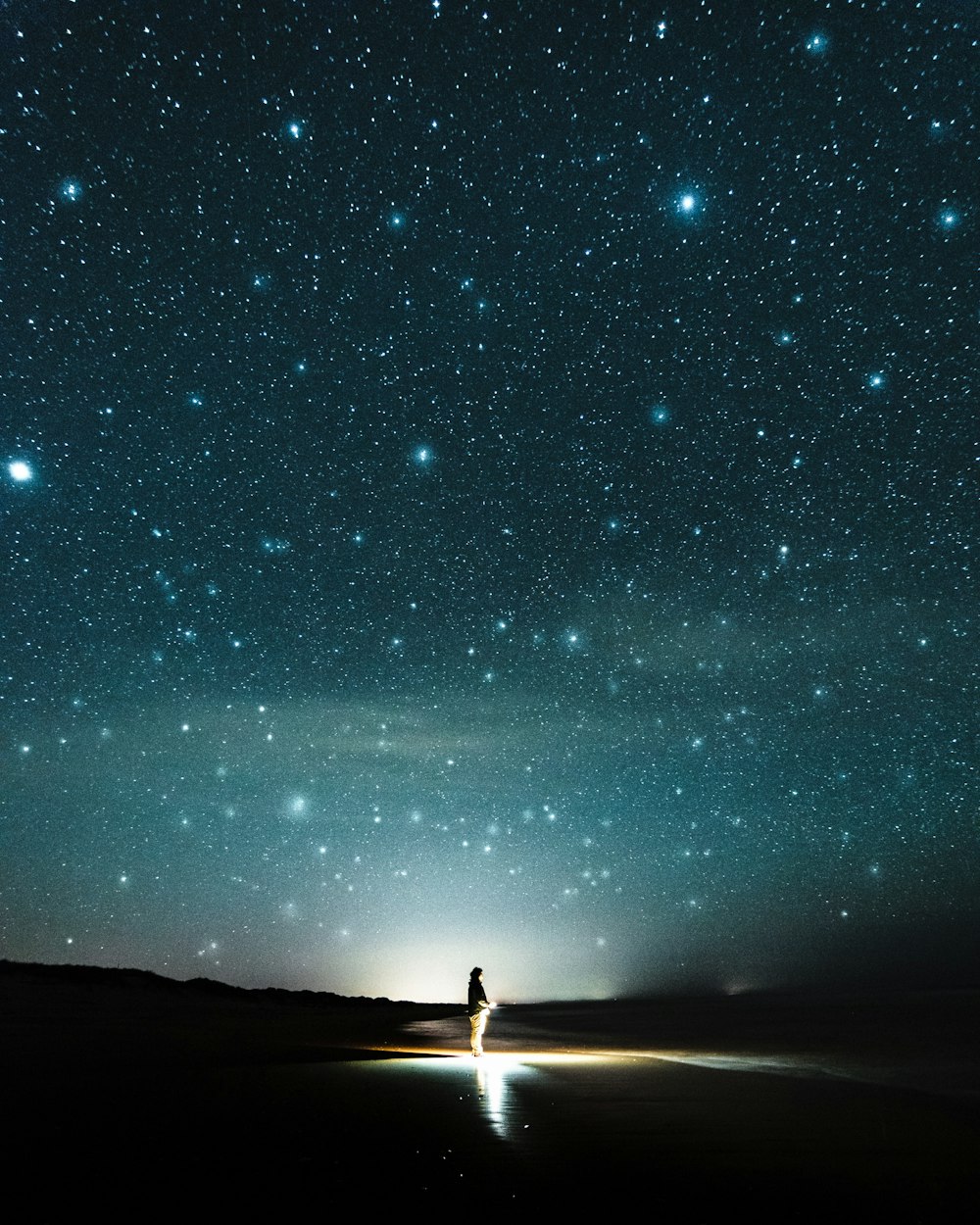why do stars twinkle | smart educational learners | learn educational stuffs for free
Stars do not really twinkle, they just appear to twinkle when seen from the surface of Earth. The stars twinkle in the night sky because of the effects of our atmosphere. When starlight enters our atmosphere it is affected by winds in the atmosphere and by areas with different temperatures and densities.










Why do stars twinkle?
The song line goes "Twinkle twinkle little star". What is the cause of the "twinkling" of stars? Does light from planets "twinkle" as does light from stars?
A young person of my acquaintance asked me this question, and I didn't have a good answer.
Stars twinkle because of turbulence in the atmosphere of the Earth. As the atmosphere churns, the light from the star is refracted in different directions. This causes the star's image to change slightly in brightness and position, hence "twinkle." This is one of the reasons the Hubble telescope is so successful: in space, there is no atmosphere to make the stars twinkle, allowing a much better image to be obtained.

Planets do not twinkle the way stars do. In fact, this is a good way of figuring out if a particular object you see in the sky is a planet or a star. The reason is that stars are so far away that they are essentially points of light on the sky, while planets actually have finite size. The size of a planet on the sky in a sense "averages out" the turbulent effects of the atmosphere, presenting a relatively stable image to the eye.
Unlike stars, planets don't twinkle. Stars are so distant that they appear as pinpoints of light in the night sky, even when viewed through a telescope. Because all the light is coming from a single point, its path is highly susceptible to atmospheric interference (i.e. their light is easily diffracted)

why do stars twinkle | smart educational learners | learn educational stuffs for free
![why do stars twinkle | smart educational learners | learn educational stuffs for free]() Reviewed by studytime
on
June 01, 2019
Rating:
Reviewed by studytime
on
June 01, 2019
Rating:



No comments